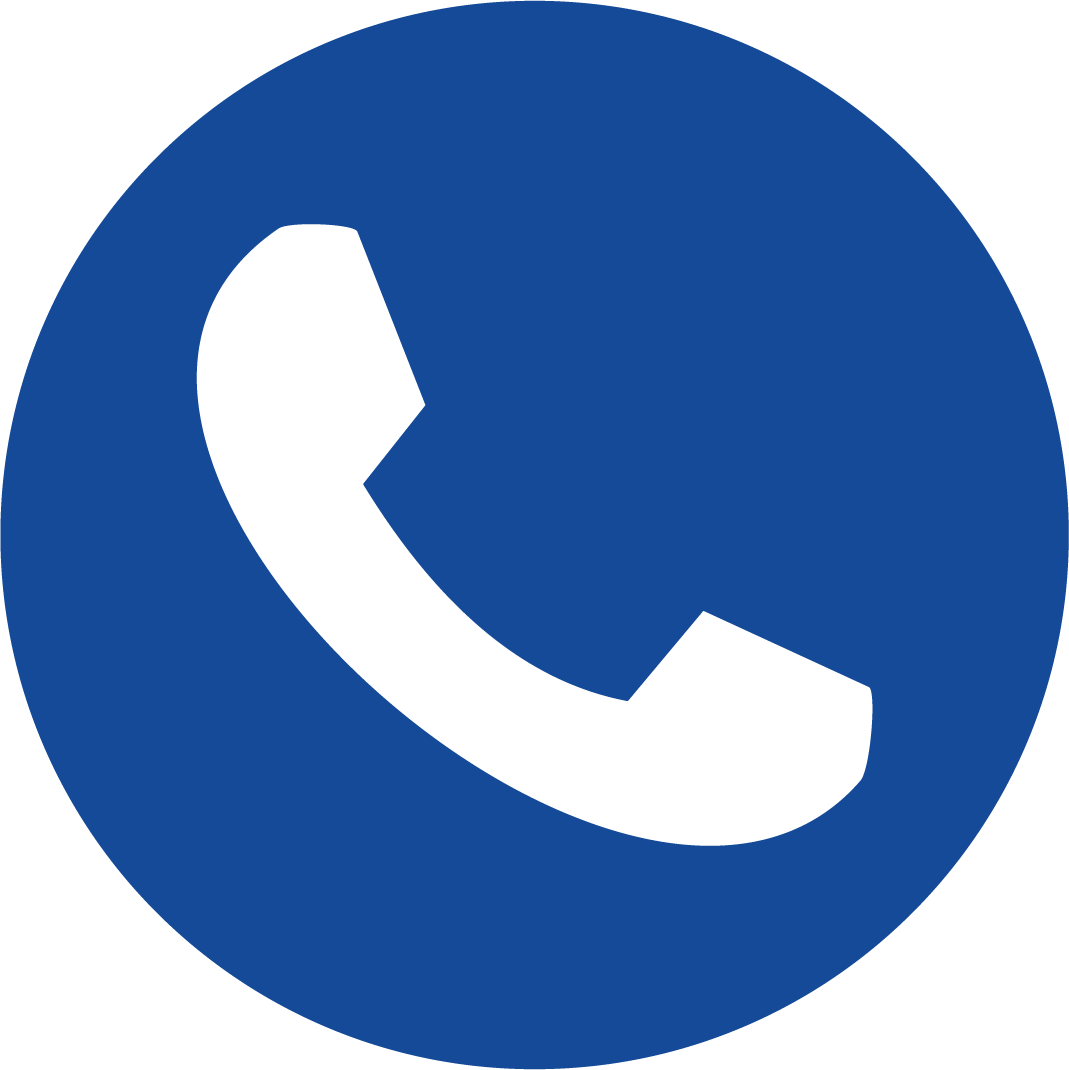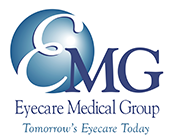
March is Workplace Eye Wellness Month, making it an excellent time to assess how healthy and safe your eyes are while working. When most people think about eye health in the workplace, the first thing that comes to mind is jobs that require hard hats and safety goggles.
It’s true that people who have labor-intensive jobs, like in construction, are at higher risk for certain eye injuries. But even those that work at a desk all day can experience issues with their eyes.
No matter where you work, you can do things to maintain proper eye health and safety. Keep reading to find out more about keeping your eyes safe during Workplace Eye Wellness Month!
Eye Injuries in the Workplace
Eye injuries are prevalent in specific fields. Most eye injuries are preventable by taking proper safety measures.
If you work in construction, auto repair, plumbing, mining, or with any chemicals or hazardous equipment, proper safety measures are essential on the job. Eye protection is the most important thing, which usually means safety goggles, glasses, or headwear.
But eye protection on its own doesn’t cover everything. You should also familiarize yourself with safety protocols.
If you’re an employer, you should make sure your employees know all safety protocols and have regular reminders. If you work with chemicals, know where the eyewash stations are, and no matter where you work, know where first aid kits are and how to access them.
Knowing protocols and how to respond to emergencies may save you or a coworker from a debilitating eye injury.
Office Worker Safety
Even if you don’t work in a physically intensive job, you should still be aware of how your eye health is affected by your work. Most people who work in an office or from home spend most of their day staring at a computer screen all day.
When you spend so much time on the computer, you’re at risk of developing computer vision syndrome (CVS).
CVS can cause various symptoms, including eye pain, headaches, dry eyes, and fatigue. If you have CVS, continuing to work on the computer without proper safety measures can make it worse, and it may become debilitating.
To prevent and ease CVS symptoms, take regular breaks from the screen. Even if you can’t be away from the computer for more than a few minutes at a time, be sure to follow the 20-20-20 rule.
Every 20 minutes, take a break to look at an object 20 feet away for at least 20 seconds. Taking a short break gives your eyes time to rest and reminds you to blink.
You should also try to stay hydrated and consider using glasses to block out blue light. Many devices emit blue light, which can lead to CVS.
Your Eye Health
To stay healthy both at work and home, you shouldn’t neglect your eye health. See an eye doctor regularly for routine eye exams.
If you’re over 40, you should see an eye doctor at least every other year. You should have eye exams as often as your eye doctor recommends, no matter how old you are.
You should also see your eye doctor if you experience uncomfortable symptoms to promptly address any issues with your eyes.
Do you need to schedule an appointment with an eye doctor? Request an appointment at Eyecare Medical Group in Portland, ME!





